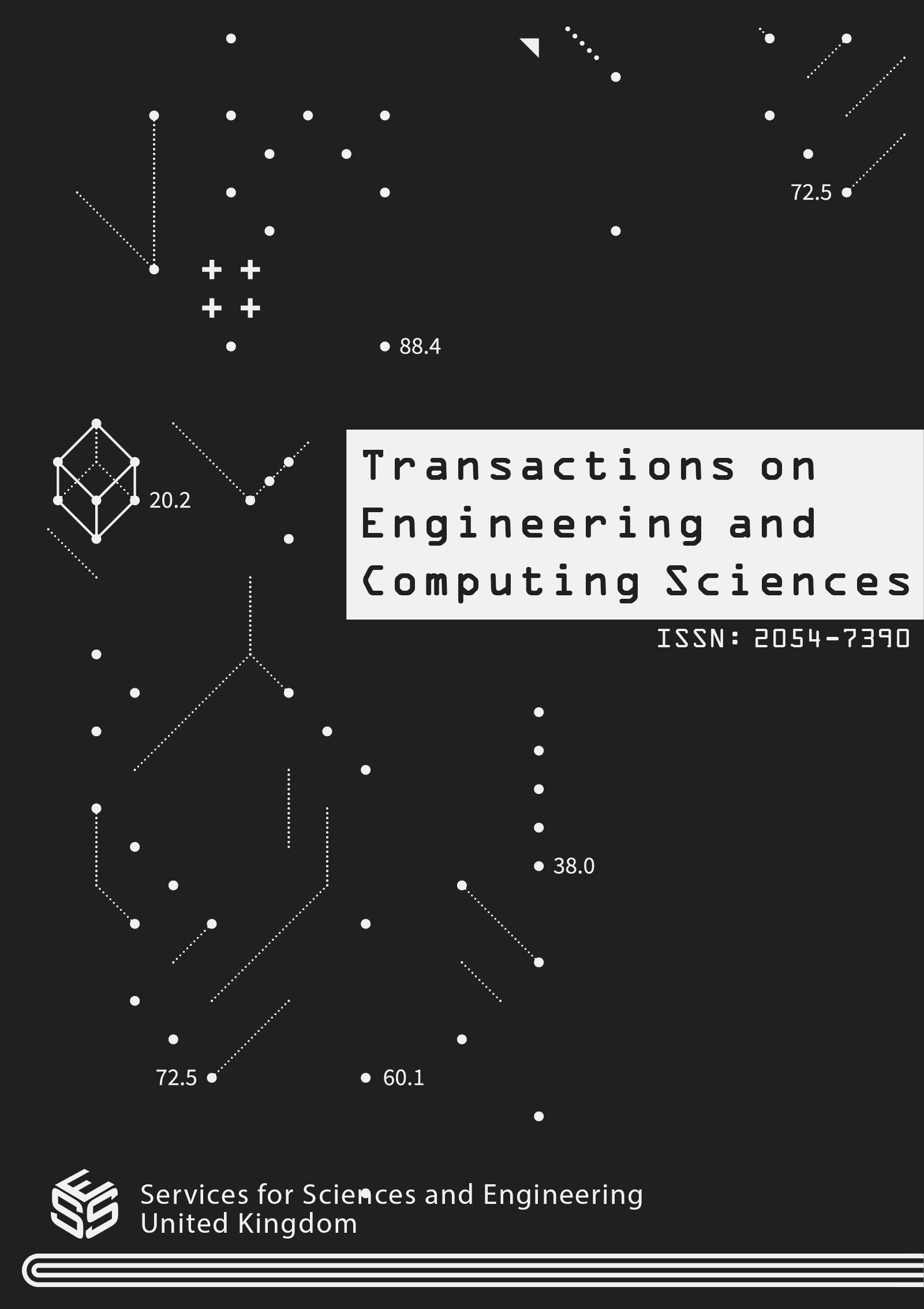Regulatory Algorithm as a Constructive Element of the Psyche of Homo Sapiens and Agi: Part 1
DOI:
https://doi.org/10.14738/tmlai.1301.18234Keywords:
homeostasis, regulatory algorithm, metamere of homeostatic continuum, branching algorithm, need, oscillatory dipole, cultural code, uncertainty, artificial intelligence, RA: regulatory algorithm, HC: homeostatic continuum, HM: homeostatic continuum metamere, CI: confidence interval, LS: liquid system, GE: gas environment, OD: oscillatory dipole, HGB: homomorphic goal-directed behavior, CC: cardiac cycle, HS: Homo sapiens, AGI: artificial general intelligenceAbstract
Integral regulatory algorithms are used to determine the unstable "current equilibrium" of a homeostatic continuum. The regulatory algorithm (RA) is a circular closed dynamic psychophysiological construct that is structured as follows: homeostasis imbalance > need > goal image (information coded equivalent of need) > motive > goal-directed behavior > satisfaction of need > restoration of homeostasis balance. Integral RA are heteronomous metameres (HM) comprising spatio-temporal segments of the homeostatic continuum of a biological organism. A HM is an electrodynamic structure of a branched algorithm with neurophysiological, behavioral, and somatofunctional derivatives. All stable vital physiological states of biological systems are formed by targeted, phylogenetically/ontogenetically formed integral regulatory algorithms that are heteronomous metameres of the homeostatic continuum (RA = HM). Through its creative psyche, Homo Sapiens has expanded its range of interaction with the external environment beyond what other biological species are capable of. The socio-cultural needs of Homo Sapiens have given rise to a progressively increasing series of frustrations of ideal content realized by cycles of homomorphic goal-directed behavior (HGB) towards a goal image that is beyond the attainable. Cycles of completed HGB are segments/metameres of the homeostatic socio-cultural continuum. A dynamic sequence of metameres, cycles of HGB overcoming "barriers of uncertainty", on a population scale forms the dynamics and structure of the socio-cultural continuum of the HS population where the social construct is derived from a set of "cultural codes".
Downloads
Published
How to Cite
Issue
Section
License
Copyright (c) 2025 Kruglov, A. G., Kruglov, A. A.

This work is licensed under a Creative Commons Attribution 4.0 International License.






